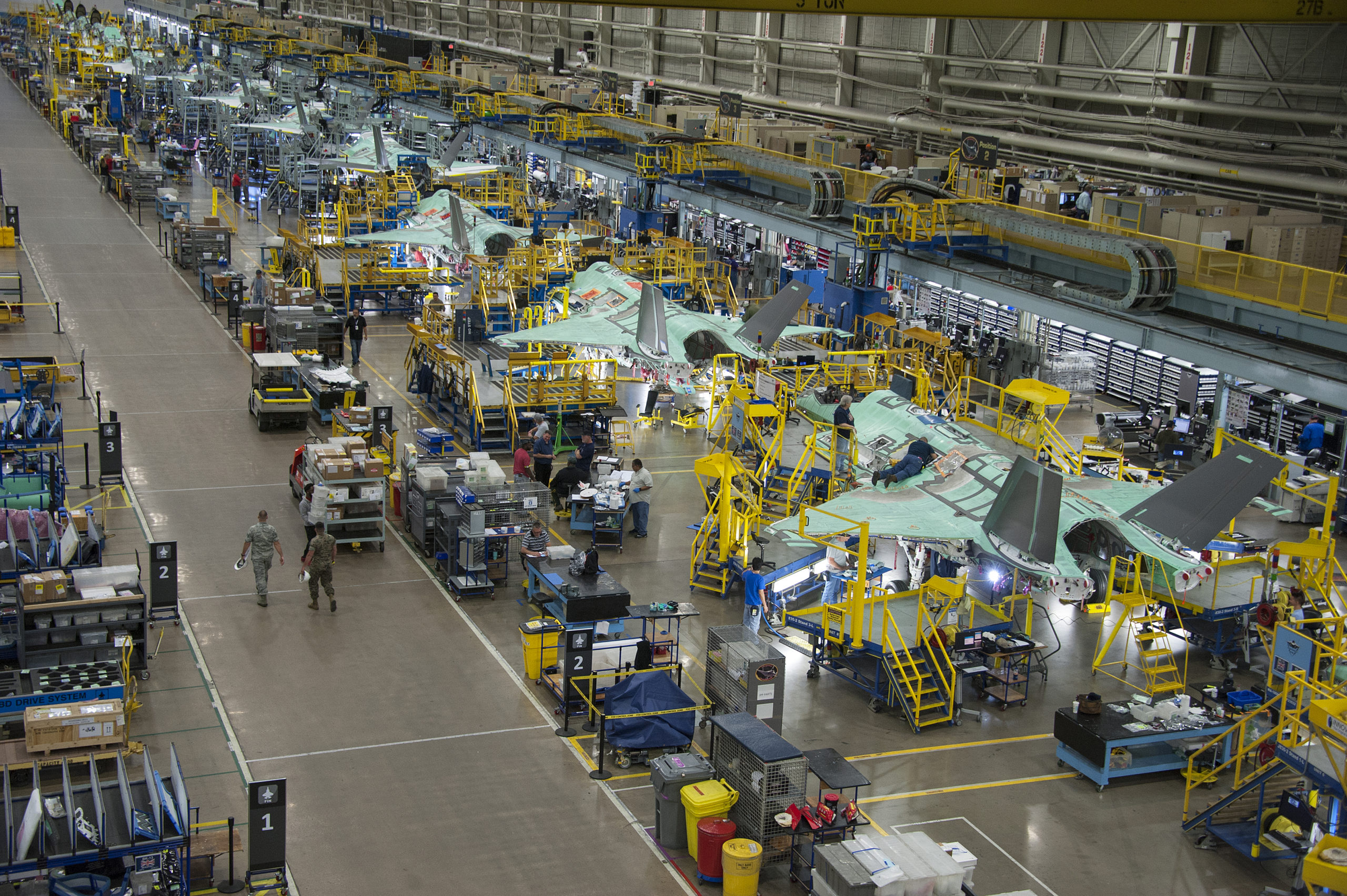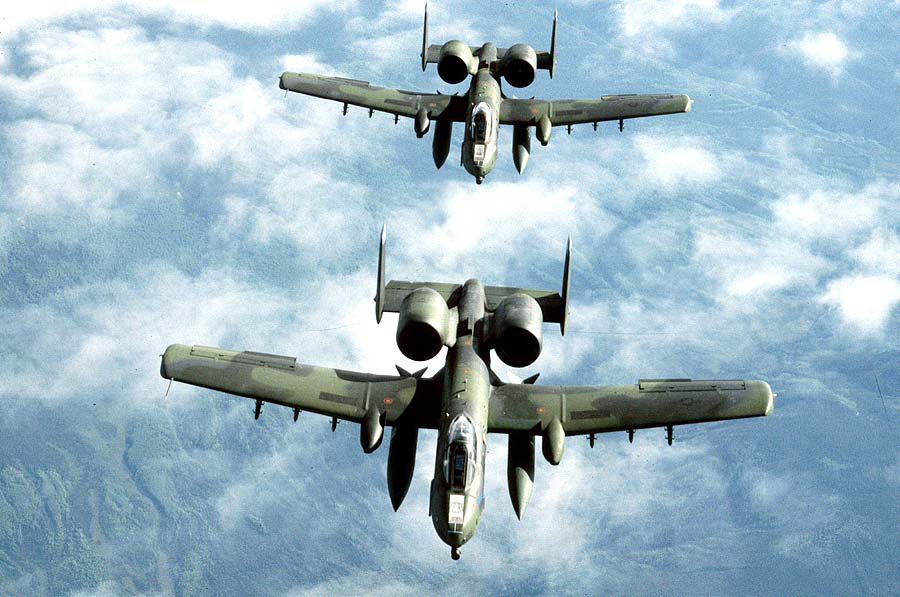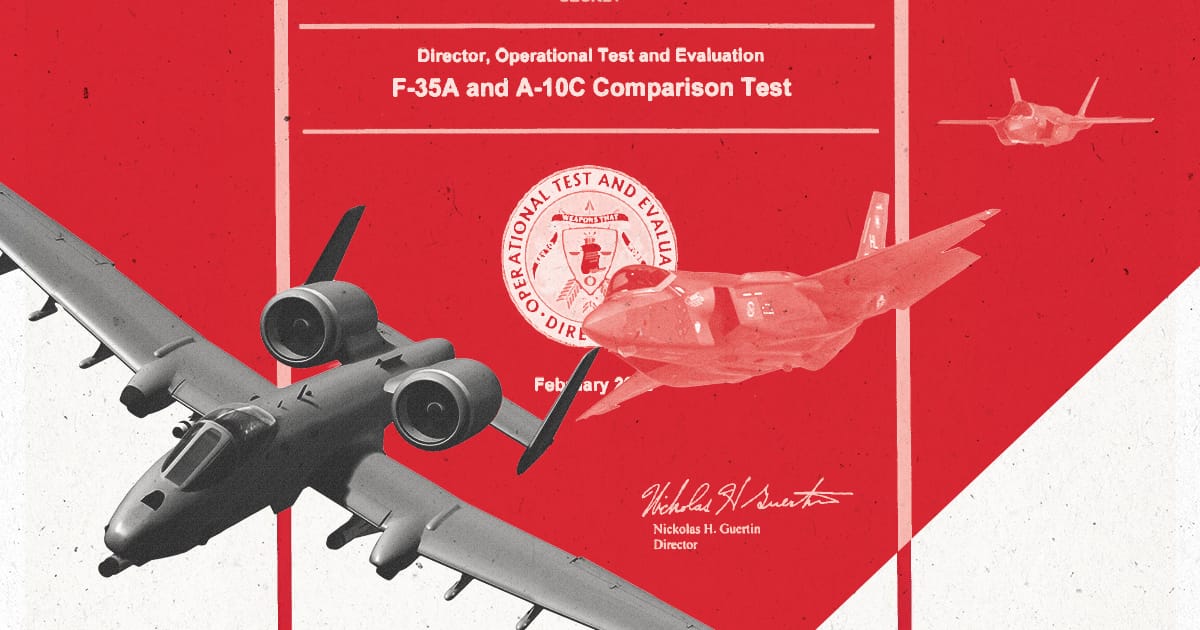- Joined
- 19 July 2016
- Messages
- 4,287
- Reaction score
- 3,466
More and more I wonder, why are the air forces of the world hanging on to the role of CAS?
I get inter service rivalry but I do not see how that helps get the job done and frankly the role is havving to be adapted to tech realities. Time to adapt and move with the times, more importantly, stop wasting time and money on petty jealousy. Get the tech right for the future and give the job to the Army FCOL.
Unifying the role within one service will also reduce communication issues (Chain of command) and simplify operations IMHO, of course.
That there invictus looks pretty sharp, that class of aircraft could be part of a decently integrated force with drones and electronic assets to command the zone of interest to make the job of ground forces easier.
I also believe the two seat A-10 would have been more usable and surviveable now but hindsight etc.
I get inter service rivalry but I do not see how that helps get the job done and frankly the role is havving to be adapted to tech realities. Time to adapt and move with the times, more importantly, stop wasting time and money on petty jealousy. Get the tech right for the future and give the job to the Army FCOL.
Unifying the role within one service will also reduce communication issues (Chain of command) and simplify operations IMHO, of course.
That there invictus looks pretty sharp, that class of aircraft could be part of a decently integrated force with drones and electronic assets to command the zone of interest to make the job of ground forces easier.
I also believe the two seat A-10 would have been more usable and surviveable now but hindsight etc.



